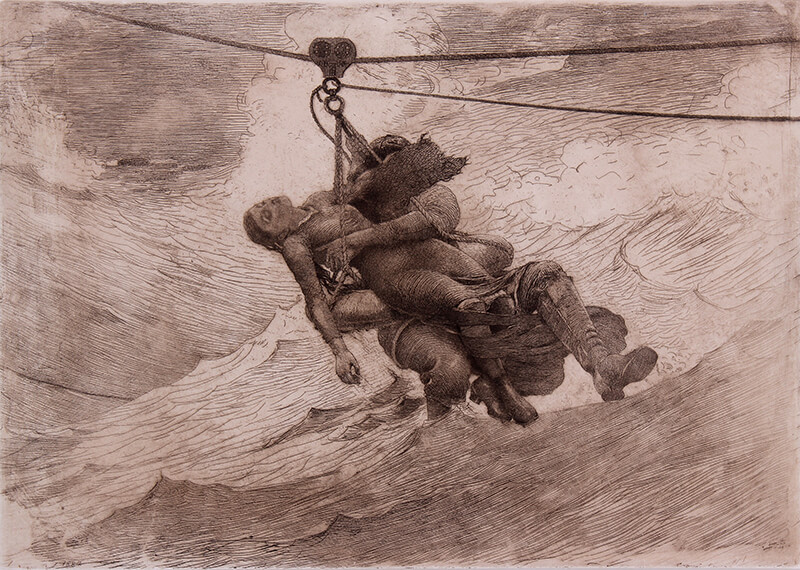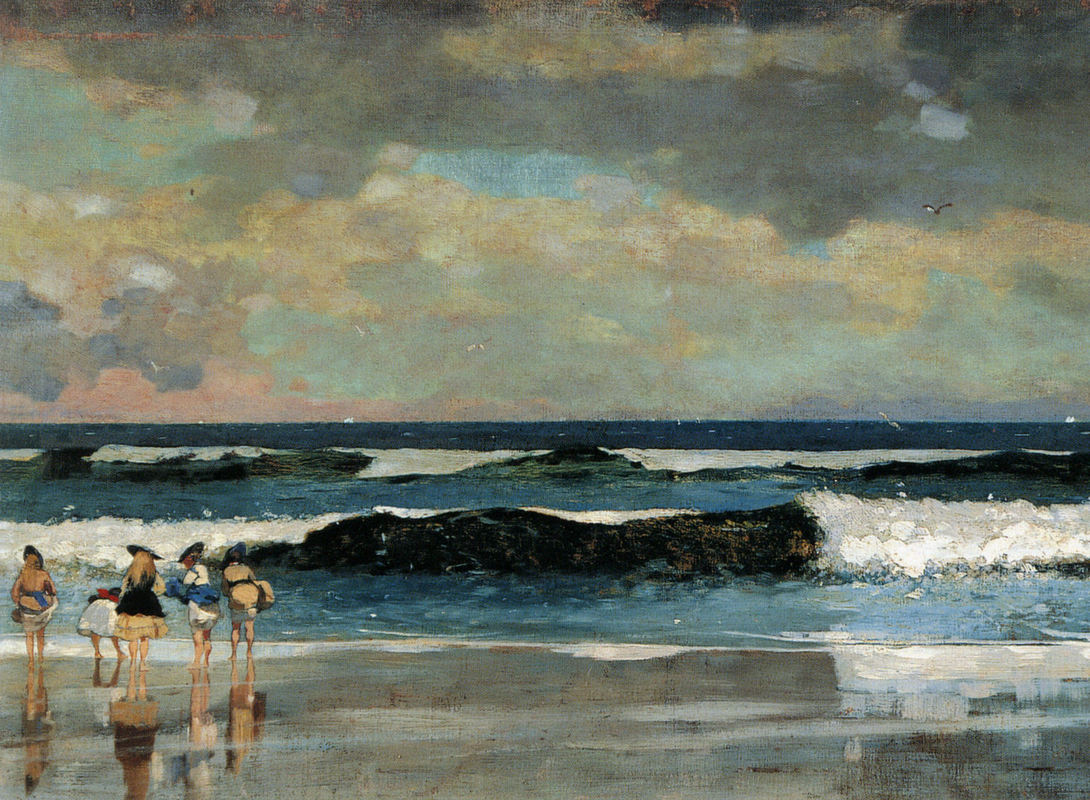The Cape Ann Museum in Gloucester shines a spotlight on the upcoming anniversary of one of its most significant exhibitions, Homer at the Beach. The exhibit ran from August 3, 2019 to December 1, 2019.
As the largest and most ambitious exhibit organized by the Cape Ann Museum to date, Homer at the Beach ignited local interest and received national acclaim. In concert with a host of noteworthy programming and events, Homer at the Beach cemented CAM’s leading role as a center of scholarship celebrating Cape Ann’s seminal influence on the trajectory of American art and history.
Take a look at some of CAM’s virtual programming below.
Video Vault
Homer at the Beach: A Marine Painter’s Journey, 1869-1880 was one of the museum’s most visited exhibitions and lectures held at the museum on the topic were equally popular events. Now, thanks to the CAM Video Vault and 1623 Studios, you can revisit three of these amazing lectures.
To start, travel across the street to the Sawyer Free Library, where just over a year ago now, guest curator Bill Cross gave a preview of the upcoming exhibition.
Then, back in the CAM Auditorium on October 4 was a lecture titled: Reconsidering Homer given by Sylvia Yount, Lawrence A. Fleischman Curator in Charge, The American Wing at The Metropolitan Museum of Art. For a transcription of this, and other lectures from the CAM Video Vault, visit the Video Lecture Finding Aids & Transcripts page.
For the ‘sunset’ lecture of this Virtual Winslow Homer Lecture Series, take a look at independent scholar Marc Simpson’s lecture, Homer’s Wine-Dark Seas. This talk, held at the museum, looks specifically at Homer’s sunsets and fireworks done in Gloucester during the summer of 1880.
—
CAM Kids
How many different techniques do you think artist Winslow Homer used in Boy Hailing Schooners? How many colors do you think he used to create Boy Hailing Schooners?
Find out this answers to these and other questions with CAM Kids. Discover many different ways to watercolor, then try them out at home! Visit the full step-by-step CAM Kids activities guide here.
—
Homer’s The Life Line
Winslow Homer’s oil painting The Life Line, completed in 1884, was to become one of his best-known works—and it remains so to this day. While the storm-driven water and sky provide the drama, the title and its subjects provide the element of suspense (and suspension) made possible by an improved technology for transporting people from a wrecked ship to the shore. This was achieved by means of a life line fitted with a traveling conveyor for the survivors called a “breeches buoy.” In focusing on the buoy and its occupants however, Homer (justifiably) omitted the rest of the life line and the equipment needed to move buoy and passengers to safety.

Read more about The Life Line and the “breeches buoy” here.
—
Steps to a Successful Exhibit
The Cape Ann Museum has always shot for the moon. Over its five-month span, Homer at the Beach saw just under 25,000 guests visit the museum. That was roughly a 40% rise in the number of visitors over the same span of time the year before. Docent and staff led tours were overbooked, walking tours and schooner sails filled to capacity, and the gallery alive with excited visitors.
The public’s interest in seeing Winslow Homer’s work in the place where it was created was fully anticipated, and the Museum staff was engaged in planning for increased traffic months prior to the exhibit’s opening. Staffing levels in the reception area were increased, signage was added to allow for better flow through the Museum, and numbers of people in the galleries were carefully monitored and limited as necessary.
The Cape Ann Museum looks forward to presenting exhibitions of a similar magnitude to Homer at the Beach in the future, and can’t wait to welcome familiar faces and new audiences with comparable planning and safety measures when they reopen to the public.

